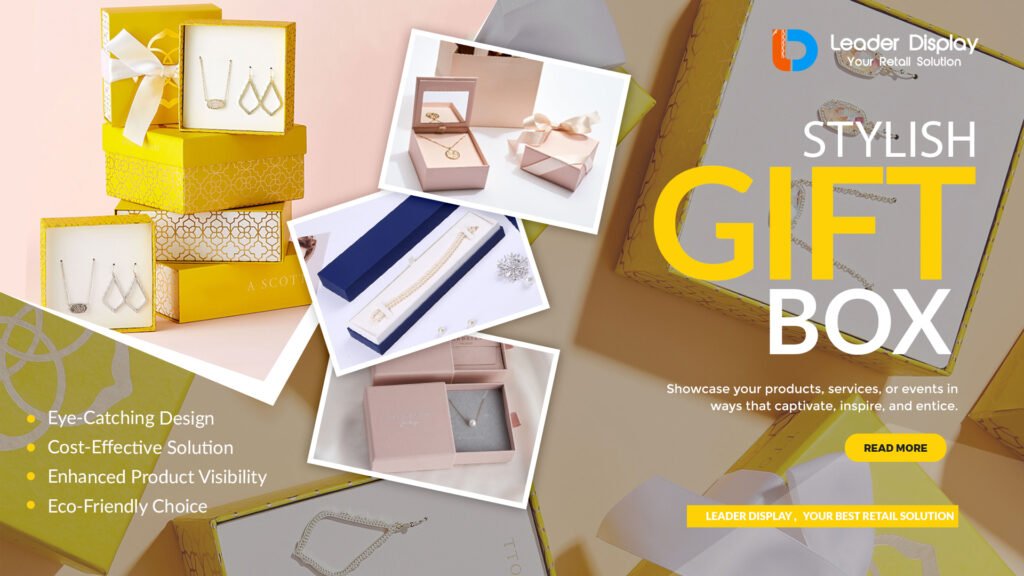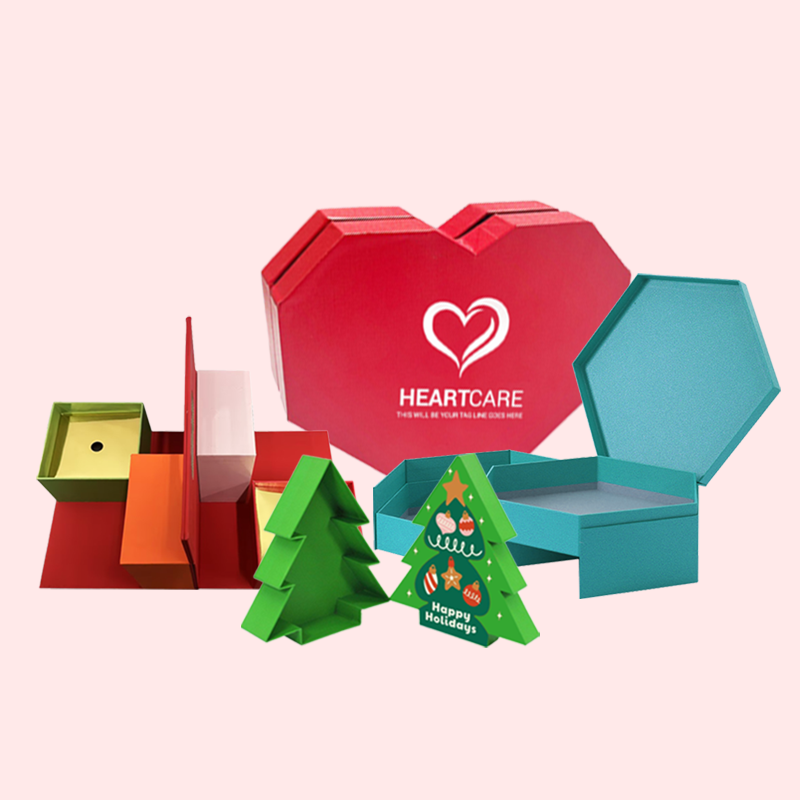In today's competitive market, creating standout packaging designs requires careful planning and clear communication. One of the essential tools in this process is a well-written packaging design brief. In this comprehensive guide, we'll walk you through the steps to craft an effective packaging design brief that aligns with your brand vision and objectives.
Introduction
A packaging design brief serves as a roadmap for designers, outlining project requirements, goals, and expectations. It's a crucial document that ensures everyone involved in the design process is on the same page and working towards a common goal.
Understanding the Importance of a Packaging Design Brief
A well-written packaging design brief provides clarity and direction, helping designers create designs that resonate with your brand and target audience. It serves as a reference point throughout the project, guiding decision-making and ensuring consistency in the final deliverables.
Key Components of a Packaging Design Brief
Project Overview
Provide an overview of the project, including the product or products requiring packaging design, the purpose of the packaging, and any specific challenges or requirements.
Brand Identity and Guidelines
Outline your brand identity, including brand values, personality, and visual elements such as logos, colors, and typography. Provide brand guidelines to ensure consistency with existing brand assets.
Target Audience Analysis
Describe your target audience, including demographics, preferences, and purchasing behavior. Understanding your audience is essential for creating packaging designs that appeal to their needs and preferences.
Design Objectives and Goals
Clearly define the objectives and goals of the packaging design project. Are you aiming to increase brand visibility, improve shelf presence, or communicate product features? Setting clear goals will guide the design process and measure success.
Technical Specifications
Include technical specifications such as packaging dimensions, materials, printing techniques, and any regulatory requirements or industry standards that need to be followed.
Budget and Timeline
Specify the project budget and timeline, including key milestones and deadlines. Clear budget and timeline expectations help manage resources efficiently and avoid delays.
Writing Your Packaging Design Brief
When writing your packaging design brief, be concise and specific, providing all necessary information without overwhelming the reader. Use clear language and bullet points to convey information effectively.
Review and Revision Process
After drafting your packaging design brief, review it carefully to ensure accuracy and completeness. Seek feedback from stakeholders and make any necessary revisions before finalizing the document.
Conclusion
A well-crafted packaging design brief is essential for guiding designers and ensuring successful packaging designs that align with your brand and resonate with your target audience. By following the steps outlined in this guide, you can create a comprehensive brief that sets the foundation for impactful packaging design projects.
This guide provides a comprehensive overview of how to write a packaging design brief, ensuring clarity, consistency, and alignment throughout the design process. By following these steps, you can create a brief that effectively communicates your vision, goals, and requirements to your design team, resulting in standout packaging designs that captivate consumers and drive business success.






